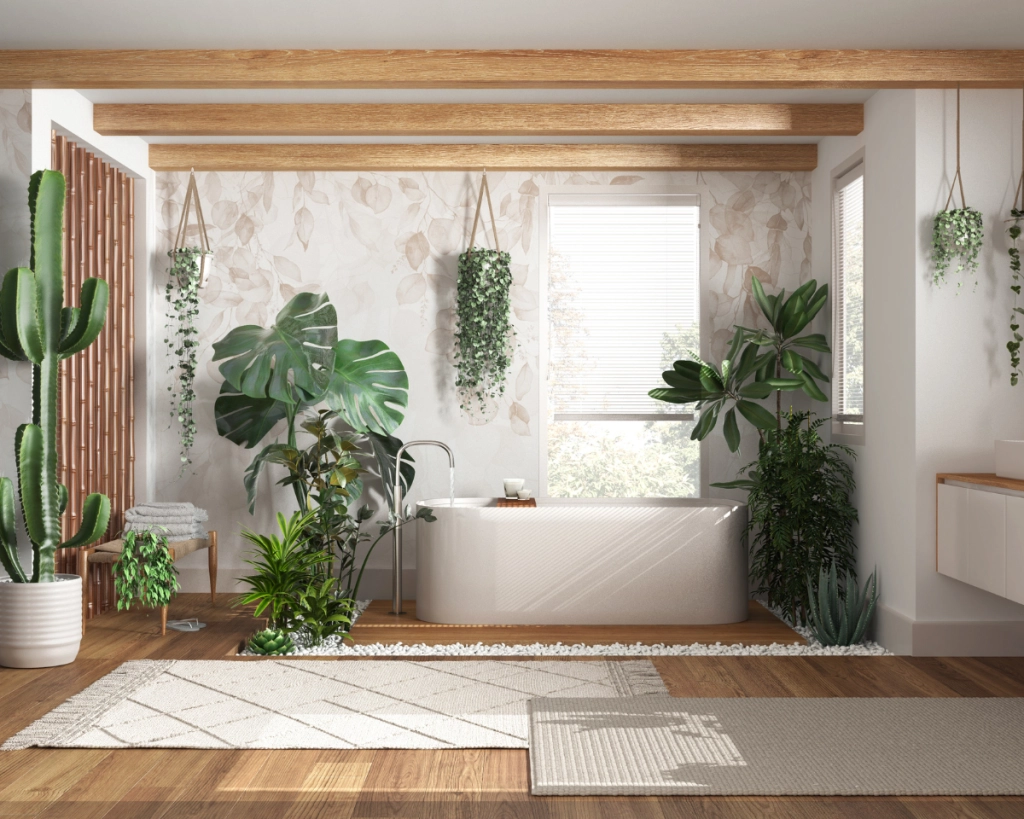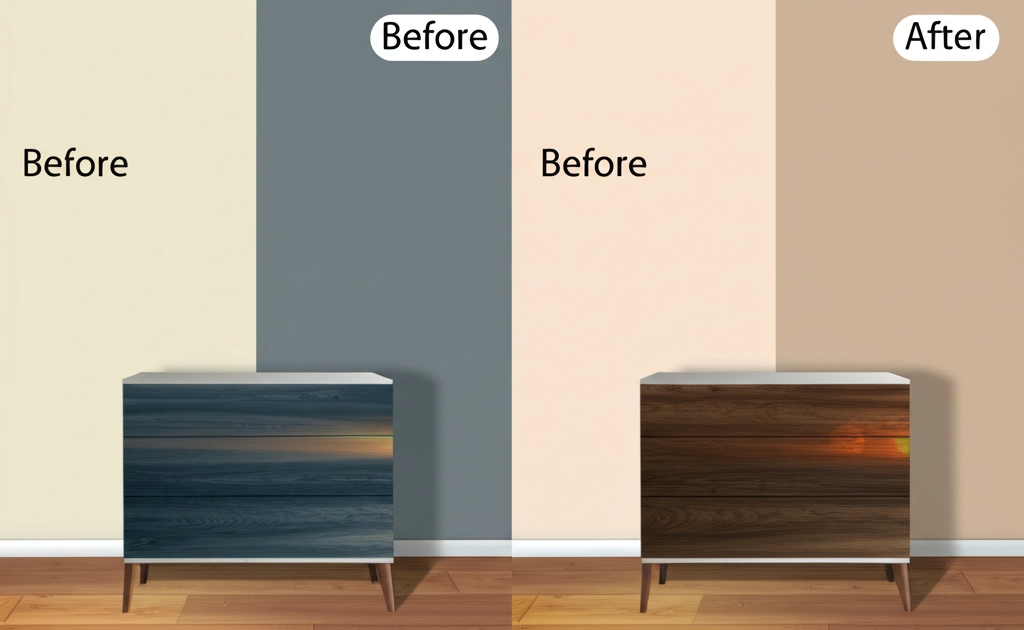As environmental concerns become increasingly important in design and construction decisions, renovation methods that minimize waste and resource consumption are gaining popularity. Interior films represent one such approach, offering significant sustainability benefits compared to traditional renovation techniques.
Waste Reduction
One of the most significant environmental impacts of conventional renovations is the waste generated. When cabinets, countertops, or wall panels are replaced, the old materials typically end up in landfills. Interior films allow these existing surfaces to be refreshed rather than replaced, dramatically reducing construction waste.
A recent study found that renovating a standard kitchen using interior films instead of replacing cabinets and countertops reduced waste by approximately 80%. This waste reduction becomes even more significant in large commercial projects.
Lower Carbon Footprint
Manufacturing new materials—whether wood for cabinets, stone for countertops, or synthetic materials for various surfaces—requires significant energy and resources. By extending the life of existing materials, interior films reduce the carbon emissions associated with manufacturing, processing, and transporting new products.
Additionally, the installation process for interior films requires minimal equipment and energy compared to traditional renovation methods that often involve power tools, dust extraction systems, and other energy-intensive processes.
Water Conservation
Traditional renovation processes often use substantial amounts of water, particularly when working with materials like concrete, grout, or certain types of paint. Interior film application is essentially a dry process, requiring minimal water for surface preparation and cleanup.
Indoor Air Quality
Many modern interior films are manufactured with low VOC (Volatile Organic Compounds) emissions, contributing to better indoor air quality compared to some paints, varnishes, and adhesives used in conventional renovations. This is particularly important in spaces occupied during or shortly after renovation, such as commercial buildings or healthcare facilities.
Extended Lifecycle
Quality interior films can extend the useful life of existing surfaces by 5-10 years or more. This postpones the need for more resource-intensive renovations and reduces the overall environmental impact of maintaining a space over time.
For organizations with sustainability goals or those seeking green building certifications, interior films can be a valuable part of an environmentally responsible approach to facility management and renovation. As both consumers and businesses increasingly prioritize environmental considerations, this renovation method offers a compelling combination of aesthetic transformation and ecological mindfulness.




